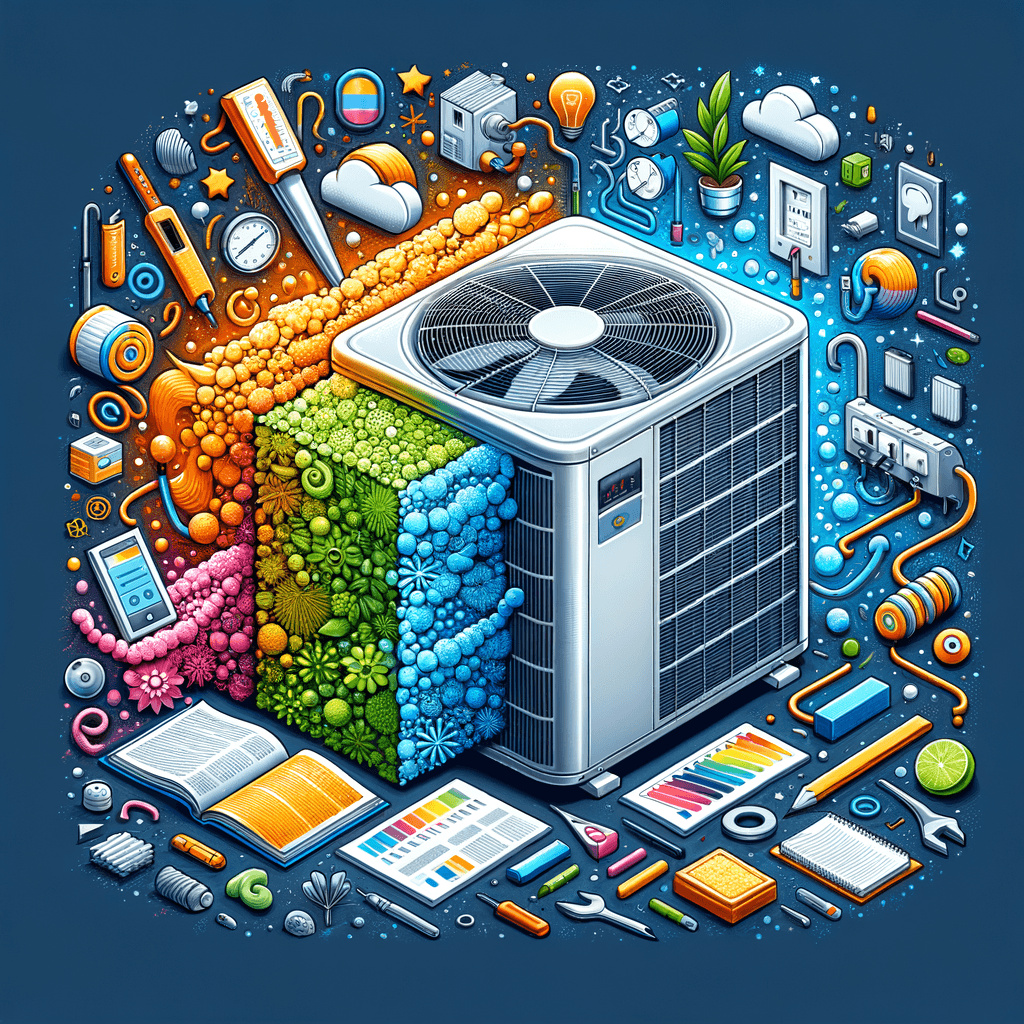
The Crucial Role of Air Conditioner Insulation: Enhancing Efficiency and Reducing Costs
By Total Care Air Conditioning Tue Oct 21 20257 minutes

Why Air Conditioner Insulation Deserves Your Attention
Many homeowners and facility managers overlook insulation as a key factor in air conditioning performance. Inadequate insulation leads to significant thermal losses, forcing systems to work harder and consume more energy. Addressing insulation gaps is a strategic move for anyone seeking lower energy bills, more consistent comfort, and a longer lifespan for their HVAC equipment.“Insulation is the silent partner in every high-performing air conditioning system—often invisible, but always essential.”
Types of Insulation Used in Air Conditioning Systems
Selecting the right insulation material is critical to maximizing system efficiency. Different components of your air conditioning system require specific insulation types, each with unique properties tailored for optimal thermal resistance and moisture control.- Foam pipe insulation: Ideal for refrigerant and condensate lines to prevent sweating and heat gain.
- Fiberglass duct wrap: Commonly used on ductwork for its excellent thermal and acoustic properties.
- Reflective foil insulation: Used in attics or around air handlers to reflect radiant heat away from cooled spaces.
- Elastomeric rubber insulation: Provides flexibility and resistance to mold, making it suitable for outdoor or humid environments.
Common Insulation Mistakes That Undermine Performance
Even the best air conditioning systems can underperform if insulation is neglected or improperly installed. Understanding these common pitfalls can help you avoid costly inefficiencies and premature equipment failure.- Using the wrong insulation thickness for ducts or pipes.
- Overlooking joints, elbows, and fittings, which are frequent sources of energy loss.
- Failing to seal vapor barriers, leading to condensation and mold growth.
- Allowing insulation to deteriorate or become waterlogged over time.
How Proper Insulation Reduces Energy Costs
Effective insulation acts as a thermal barrier, reducing the amount of heat that infiltrates cooled air pathways. This minimizes the workload on compressors and blowers, resulting in measurable energy savings and a more stable indoor climate.| Insulation Upgrade | Potential Energy Savings |
| Pipe Insulation (1" thick) | Up to 10% |
| Duct Insulation (R-6) | 10–20% |
| Attic Reflective Foil | 5–15% |
Selecting and Installing Insulation: Best Practices
Choosing insulation is not just about R-value; it’s also about durability, moisture resistance, and compatibility with your system’s components. Professional installation ensures that insulation is applied without gaps, compressions, or misalignments, which can dramatically reduce effectiveness.- Assess existing insulation for damage or gaps annually.
- Select materials rated for HVAC applications to prevent off-gassing and degradation.
- Ensure all seams and joints are sealed with vapor barrier tape or mastic.
- Hire certified HVAC professionals for complex or large-scale insulation projects.
“A well-insulated air conditioning system is an investment that pays for itself through lower operating costs and greater comfort.”
Frequently Asked Questions About AC Insulation
- How often should I inspect my AC insulation? At least once a year, preferably before peak cooling season.
- Can I install insulation myself? Small pipe or duct sections can be DIY, but complex systems require professional expertise.
- What signs indicate poor insulation? Higher energy bills, uneven cooling, or visible condensation on pipes and ducts.
- Does insulation help with noise reduction? Yes, certain types like fiberglass duct wrap also dampen operational sounds.
Looking Ahead: The Future of Air Conditioner Insulation
Advancements in insulation materials are making air conditioning systems even more efficient. Aerogels, phase-change materials, and nanotechnology-infused wraps promise higher thermal resistance with less bulk, opening doors for compact and sustainable HVAC designs.“Innovative insulation is reshaping how we think about comfort and sustainability in climate control.”